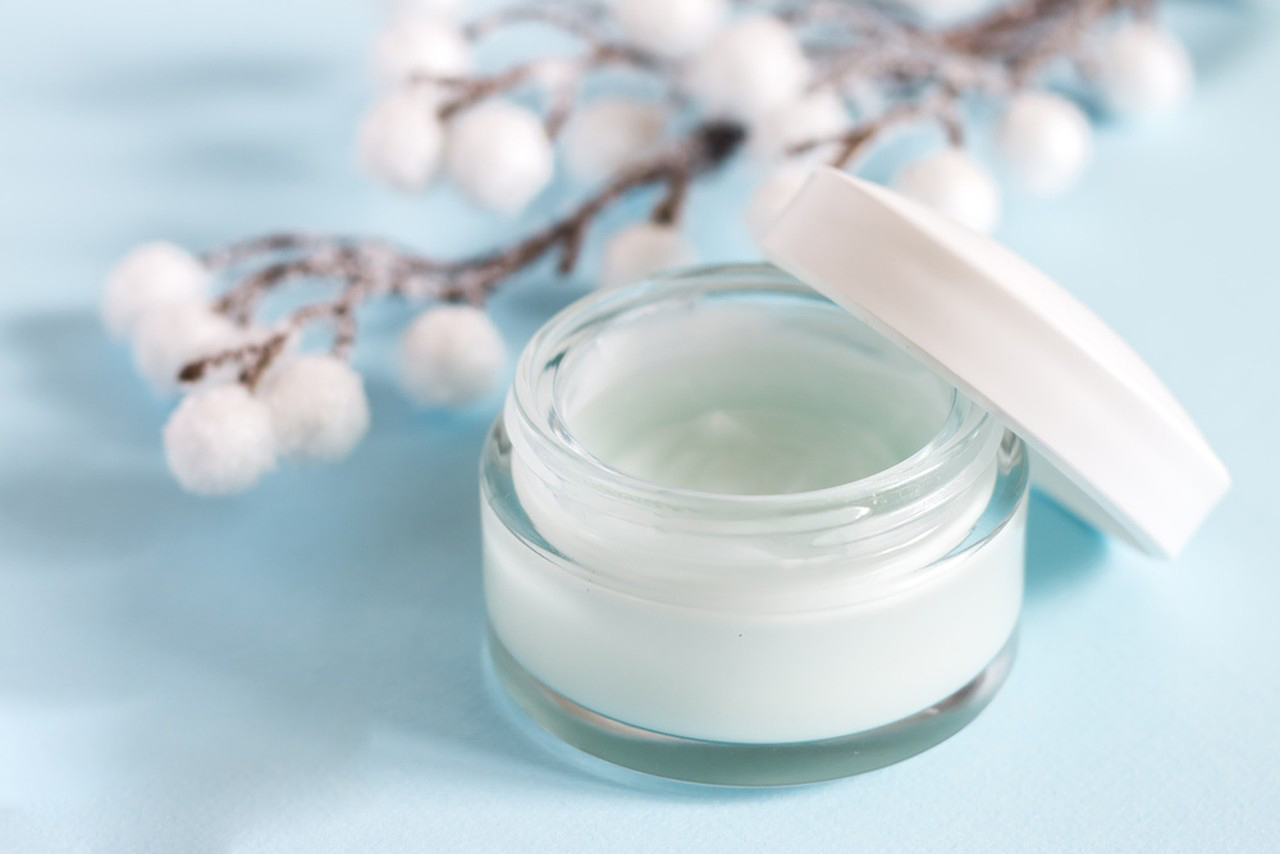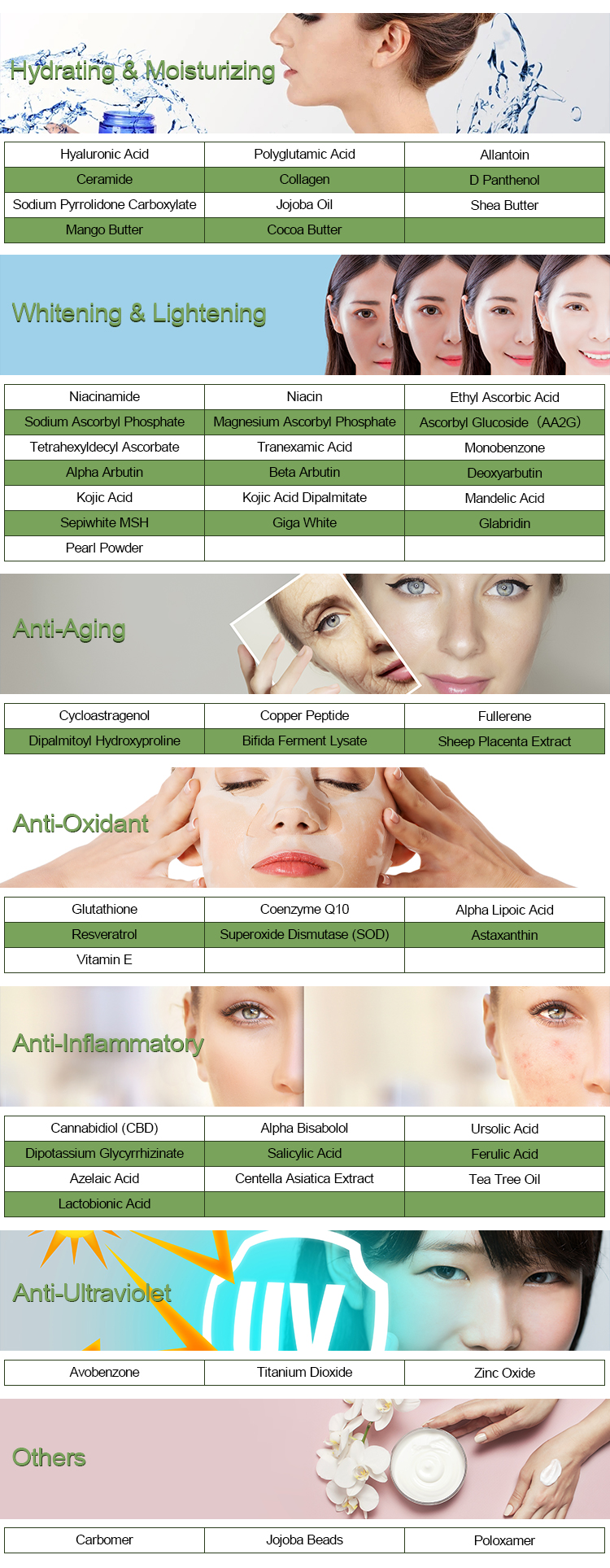“D-Panthenol,” also known as dexpanthenol or provitamin B5, is a widely used ingredient in various cosmetic and skincare products due to its moisturizing and skin-conditioning properties. If you’re looking for materials and methods related to the use of D-Panthenol in a specific context, such as in a skincare formulation, here’s a general outline of what such information might include:

Materials:
1.D-Panthenol: The main active ingredient, typically in liquid or powdered form.
2.Base Formulation: The skincare product base that you are using, such as a lotion, cream, serum, or gel.
3.Emulsifiers: If needed, emulsifiers to help combine oil and water-based ingredients.
4.Humectants: Ingredients like glycerin or hyaluronic acid that attract and retain moisture.
5.Preservatives: To prevent microbial growth and ensure product stability.
6.Emollients: Ingredients that provide a smooth and soft texture to the product.
7.Other Active Ingredients: Depending on your formulation, you might have other active ingredients like antioxidants, vitamins, etc.
8.Distilled Water: For aqueous-based formulations.
9.Measuring Tools: Scales, beakers, pipettes, etc.
10.Mixing Tools: Mixing containers, stirring rods, blenders, etc.

Methods:
1.Weighing Ingredients: Accurately measure the required amounts of D-Panthenol, base formulation, and other ingredients.
2.Heating and Mixing: If your base formulation involves heating, follow the recommended temperature guidelines. Heat the water phase and oil phase (if applicable) separately and then combine them while mixing.
3.Emulsification: If necessary, use emulsifiers to create a stable emulsion between the water and oil phases.
4.Incorporating D-Panthenol: Add the appropriate amount of D-Panthenol to the formulation. Mix gently to ensure even distribution.
5.Adding Other Ingredients: Incorporate humectants, emollients, preservatives, and any other active ingredients according to your formulation.
6.Cooling: Allow the mixture to cool down while continuing to stir gently.
7.Quality Control: Check the pH, consistency, and stability of the formulation. Adjust as needed.
8.Packaging: Transfer the final product into appropriate packaging, such as bottles, jars, or tubes.
9.Labeling: Clearly label the product with its ingredients, usage instructions, and any precautions.
10.Stability Testing: Conduct stability testing under various conditions (e.g., temperature, light exposure) to ensure the product remains effective and safe over time.

Please note that specific methods may vary based on the type of product you’re formulating (e.g., lotion, cream, gel) and the specific ingredients you’re using alongside D-Panthenol. Always follow industry best practices and safety guidelines when formulating skincare products. If you’re working on a commercial product, consider consulting with cosmetic chemists or professionals who specialize in skincare formulation for more detailed guidance.
